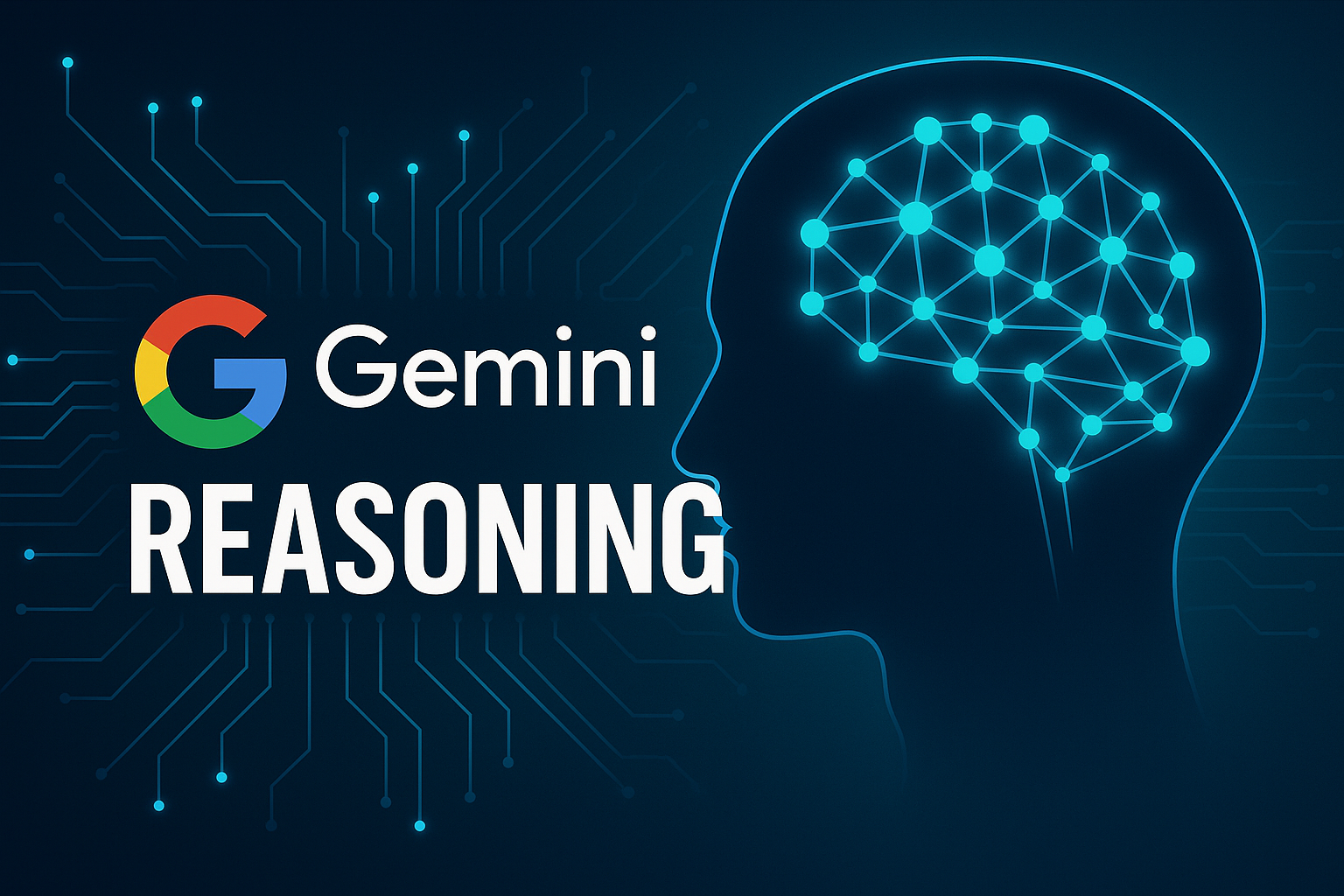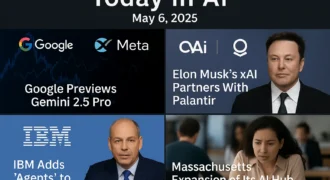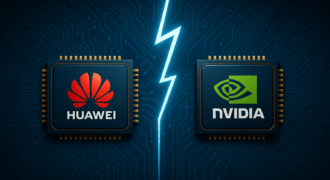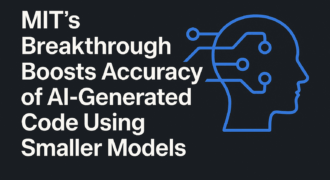Google has introduced a new feature to its Gemini 2.5 Flash model that could significantly change how developers interact with large language models (LLMs): adjustable reasoning control. The update enables users to define how deeply the model should “think” before producing a response—balancing computational cost, speed, and precision depending on the task at hand.
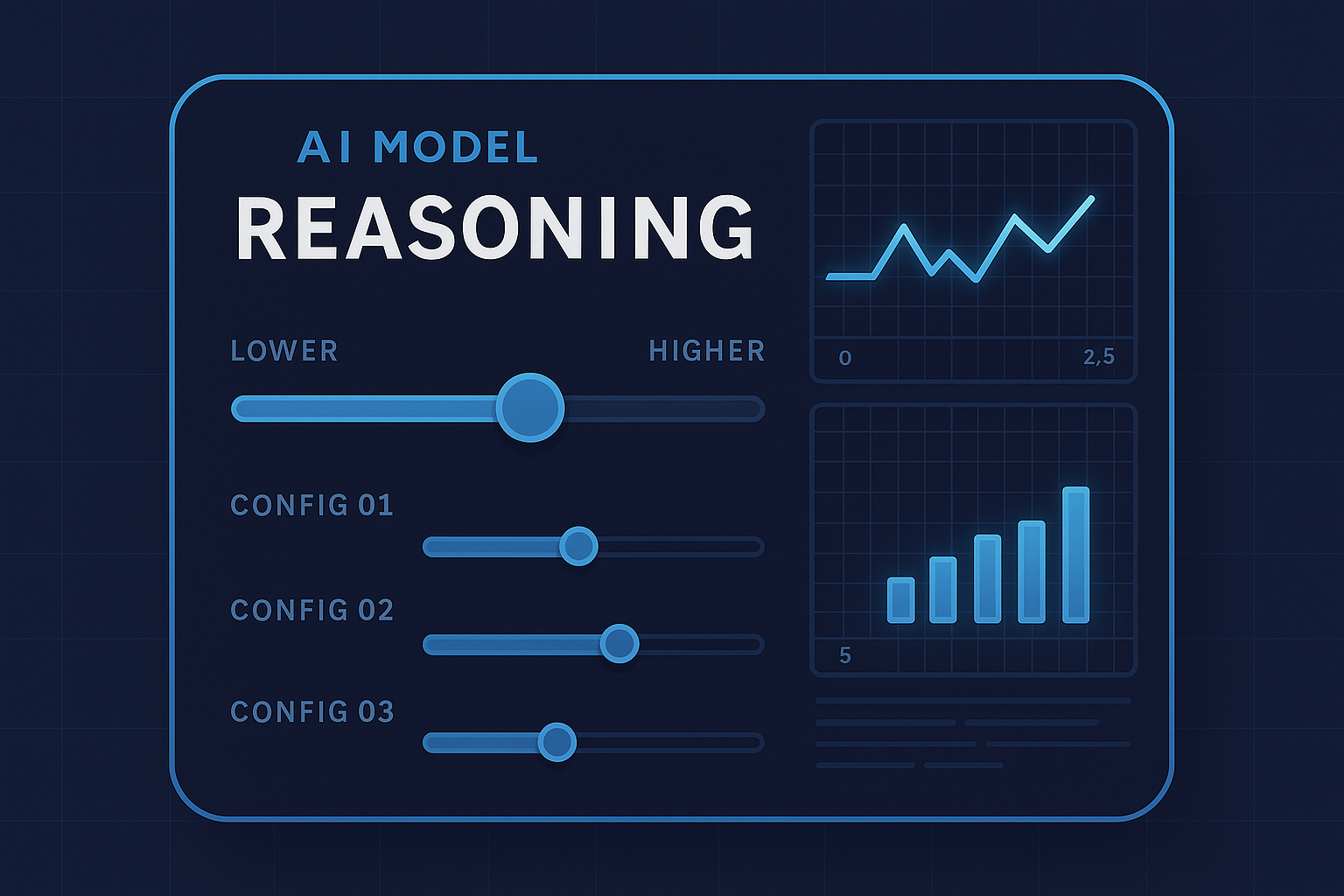
Dubbed a “thinking budget” by Google, the feature essentially places a limit on the model’s internal reasoning operations. This allows simpler tasks to be completed with lower resource usage, while more complex queries can be allocated a higher reasoning threshold. The flexibility is designed to optimize the trade-off between performance and operational efficiency.
But what does “reasoning” actually mean in the context of artificial intelligence? It’s more than just pattern recognition or predicting the next token. Reasoning refers to the AI’s ability to apply logic, connect abstract concepts, and draw conclusions from available information. If you’re wondering how machines simulate such cognitive functions, you can explore that topic in detail in our introductory guide to AI reasoning.
Use Cases and Strategic Value
The addition of reasoning control is not just a technical improvement—it’s a strategic move. AI developers are increasingly facing pressure to deliver performance at scale, without incurring runaway cloud costs. By providing tools to modulate how much internal computation is needed per query, Google is giving enterprises a way to fine-tune AI efficiency on a task-by-task basis.

For example, a chatbot integrated into an e-commerce platform might not require deep contextual analysis for standard queries like “What’s your return policy?”, but it would benefit from deeper reasoning when troubleshooting complex customer service cases. Adjustable reasoning offers a way to allocate resources proportionally, without deploying multiple separate models.
Availability and Integration
Gemini 2.5 Flash is currently in preview and accessible via Google’s developer tools, including the Gemini API, Google AI Studio, and Vertex AI. According to Google, this variant has been optimized for lightweight tasks where latency and cost-efficiency are critical—but with enough capacity to scale up reasoning when needed.
The company emphasizes that Gemini 2.5 Flash isn’t a stripped-down version of Gemini 1.5 Pro, but rather a complementary tool built for targeted use cases. This model is expected to serve as the backbone for a new generation of AI-powered apps that are both intelligent and operationally lean.
As large language models (LLMs) become more integrated into production environments, the ability to modulate their depth of thought will likely become a key lever in responsible AI development. Whether you’re building real-time applications or cost-sensitive solutions, tools like Gemini 2.5 Flash are paving the way for smarter, more intentional AI deployment.
📎 Related Reading – Google Developers Blog
“Gemini 2.5 Flash is designed for fast, lightweight tasks and now includes a new capability: the ability to control how much the model reasons before responding. This makes it easier to balance cost, latency, and output quality depending on your specific needs.”

Christoph
Explores the future of AI
Sharing insights, tools, and resources to help others understand and embrace intelligent technology in everyday life.

